The 20th century marked a golden era for football stadiums. It was a time when iconic venues were born — arenas that became symbols of football heritage, passion, and unforgettable memories. Below is our list of the 20 best stadiums built in the 20th century, based on architecture, historical impact, atmosphere, and legacy.
20. Estádio da Luz (1954) – Lisbon, Portugal

The original stadium of Benfica, a fortress that helped build one of Europe’s great footballing institutions.
19. La Bombonera (1940) – Buenos Aires, Argentina
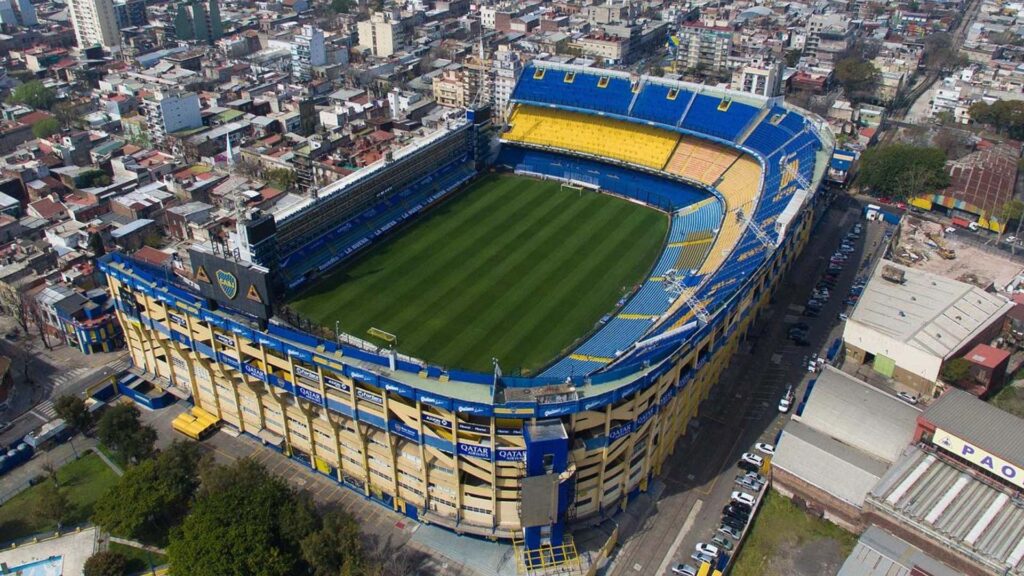
Home of Boca Juniors, it’s one of the most intimidating and vibrant stadiums in world football.
18. Olympiastadion (1936) – Berlin, Germany
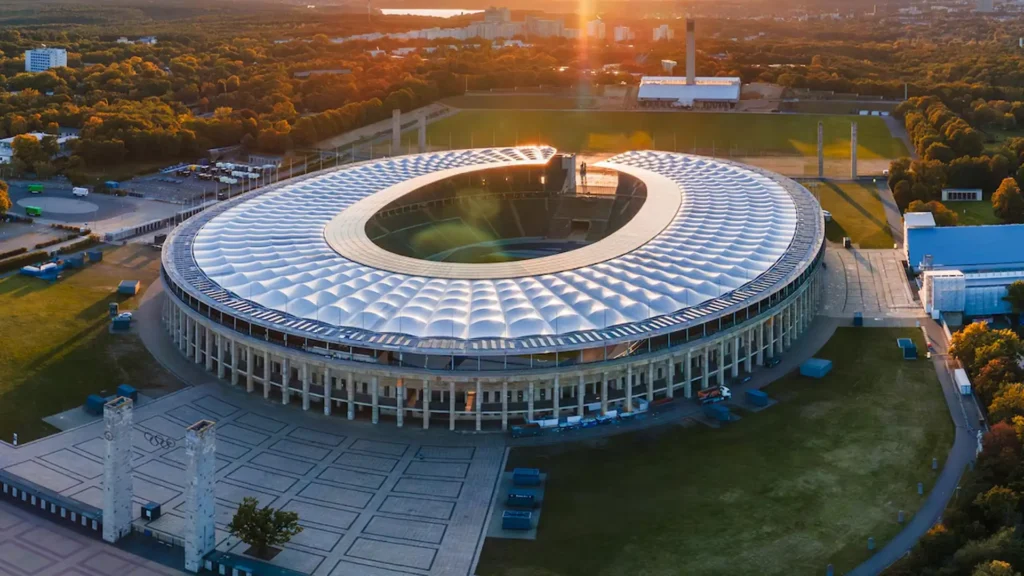
Built for the 1936 Olympics, later used in World Cups and by Hertha Berlin. A historic architectural masterpiece.
17. Stadio San Paolo (1959) – Naples, Italy
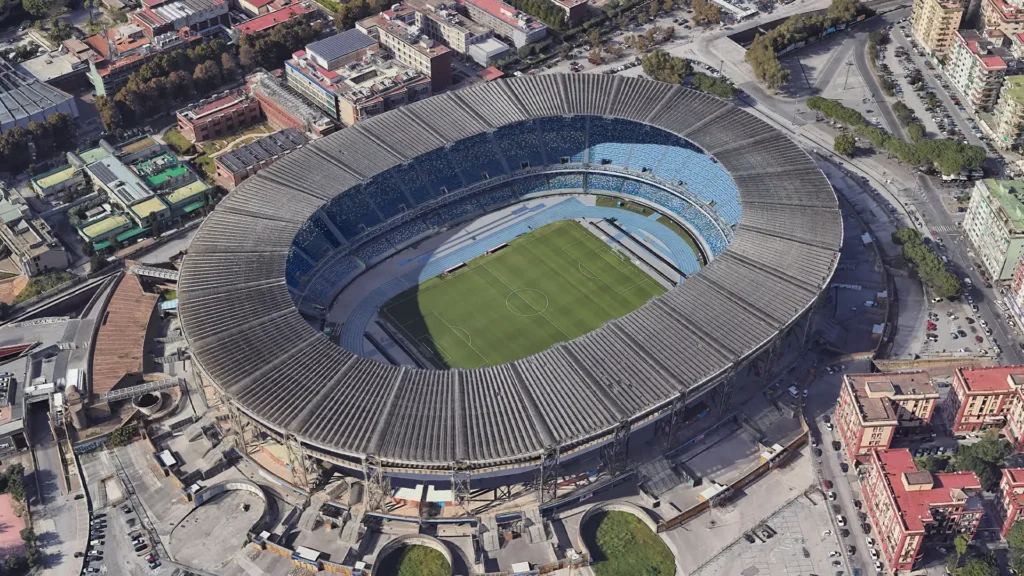
Now known as Stadio Diego Armando Maradona, it was the stage for many of Maradona’s magical
16. Giants Stadium (1976) – New Jersey, USA

A landmark for American sports, hosting both NFL and World Cup matches (1994).
15. Hampden Park (1903, redeveloped in 20th century) – Glasgow, Scotland
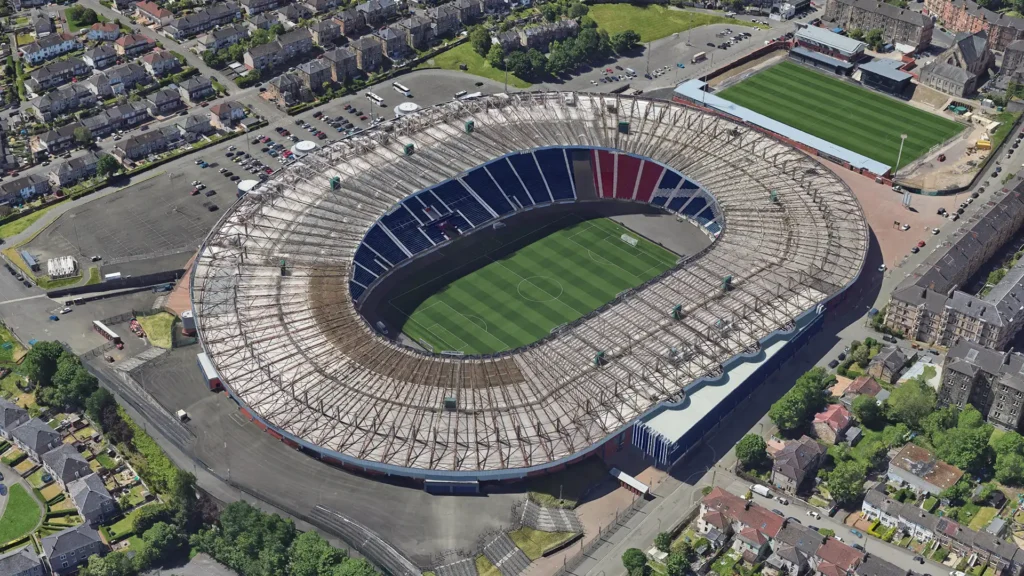
Once the biggest stadium in the world and still a sacred ground in Scottish football.
14. Highbury (1913–2006) – London, England
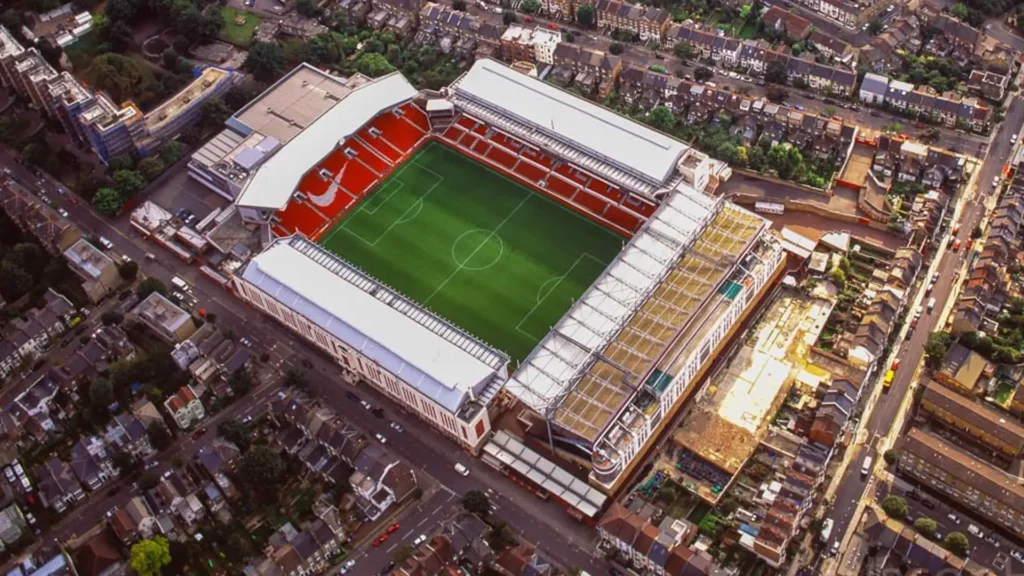
Home to Arsenal before the Emirates, known for its art-deco architecture and tight, intimate football feel.
13. Estadio Centenario (1930) – Montevideo, Uruguay
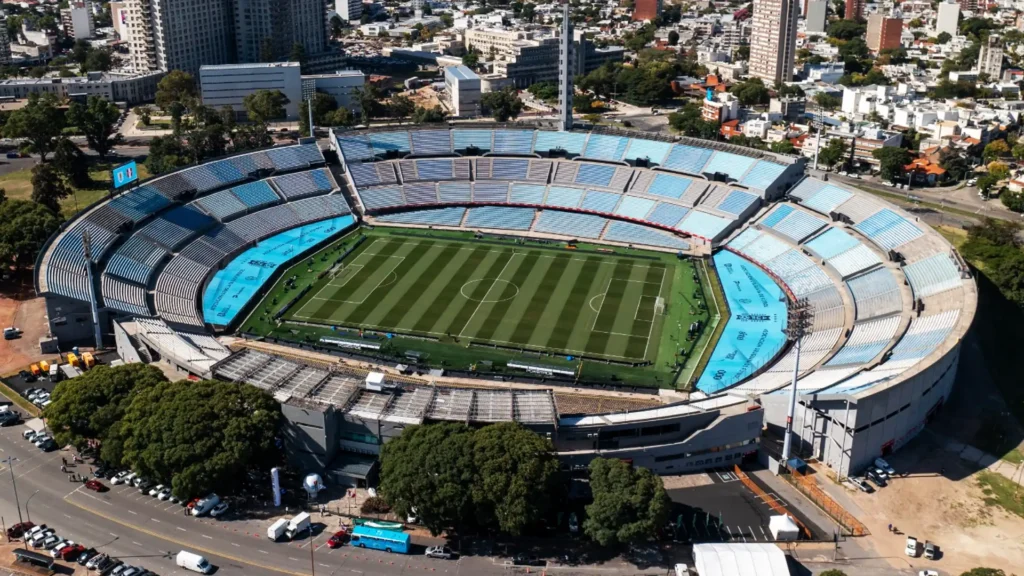
Built for the first ever FIFA World Cup, it holds a special place in football history.
12. Stade Vélodrome (1937) – Marseille, France
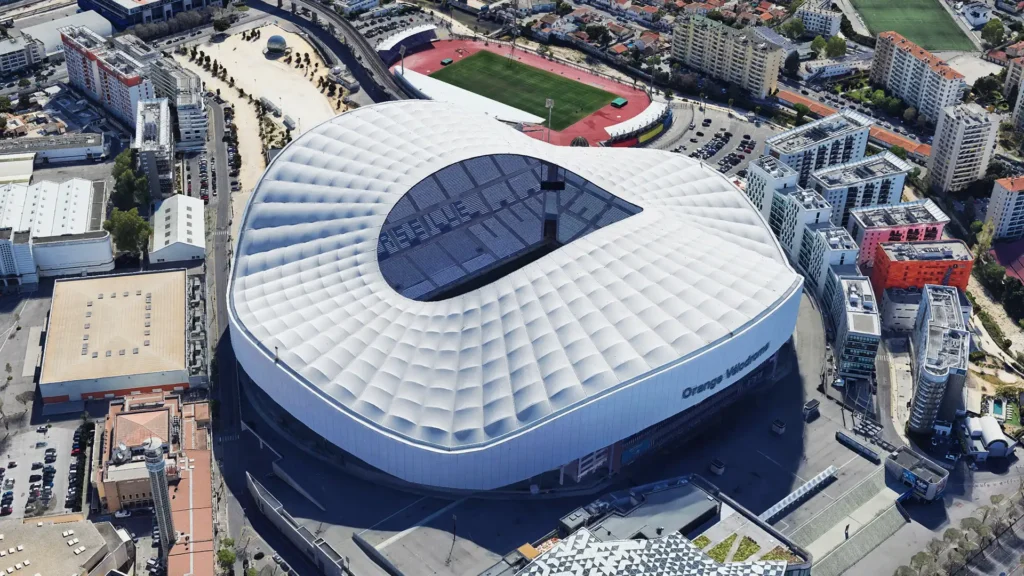
One of France’s most atmospheric stadiums, especially during big European nights and World Cup matches.
11. Celtic Park (1892, major upgrades in the 20th century) – Glasgow, Scotland
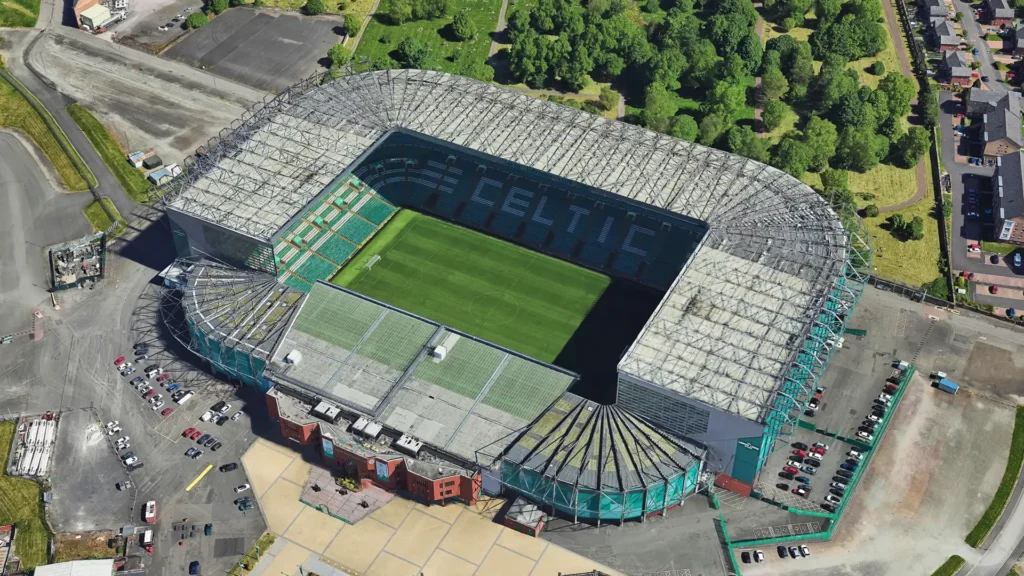
Known as “Paradise” among Celtic fans, it was transformed into a modern arena in the late 20th century.
10. Stadio Olimpico (1953) – Rome, Italy
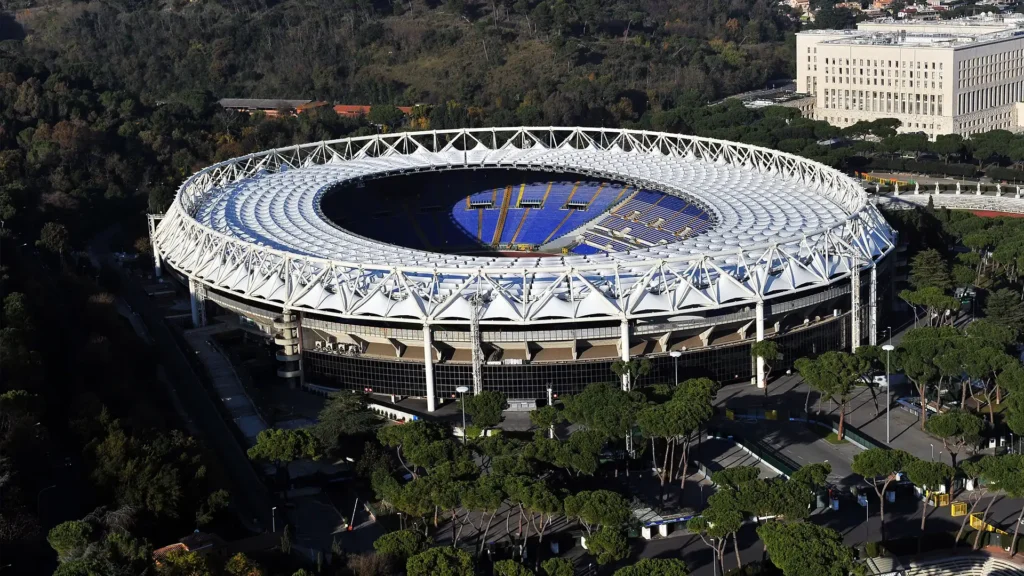
Used by both Lazio and Roma, this stadium has hosted the Olympics, World Cup matches, and European finals.
9. Santiago Bernabéu (1947) – Madrid, Spain
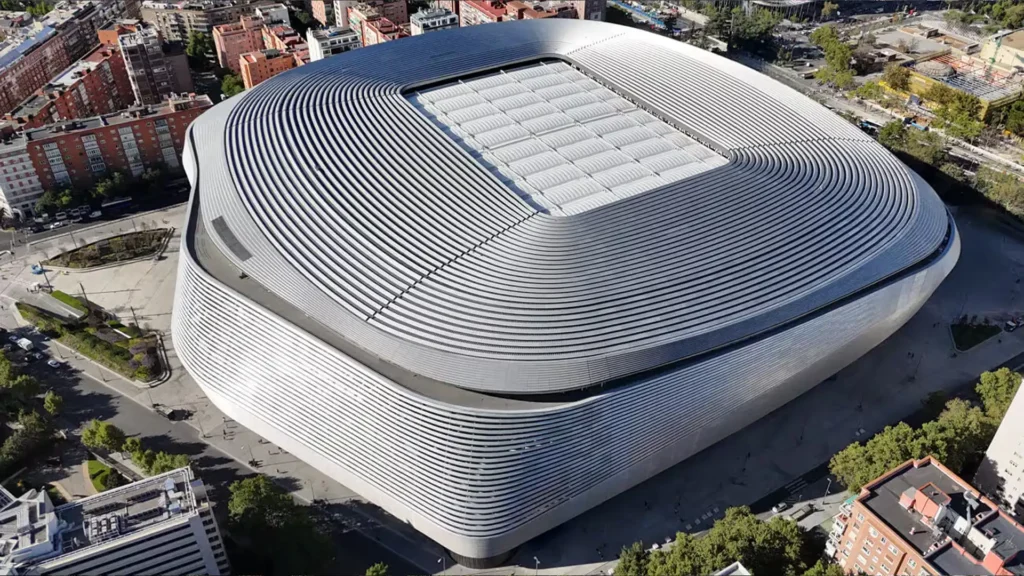
The home of Real Madrid, this stadium has hosted multiple European finals and has become a symbol of football royalty.
8. Signal Iduna Park (1974) – Dortmund, Germany
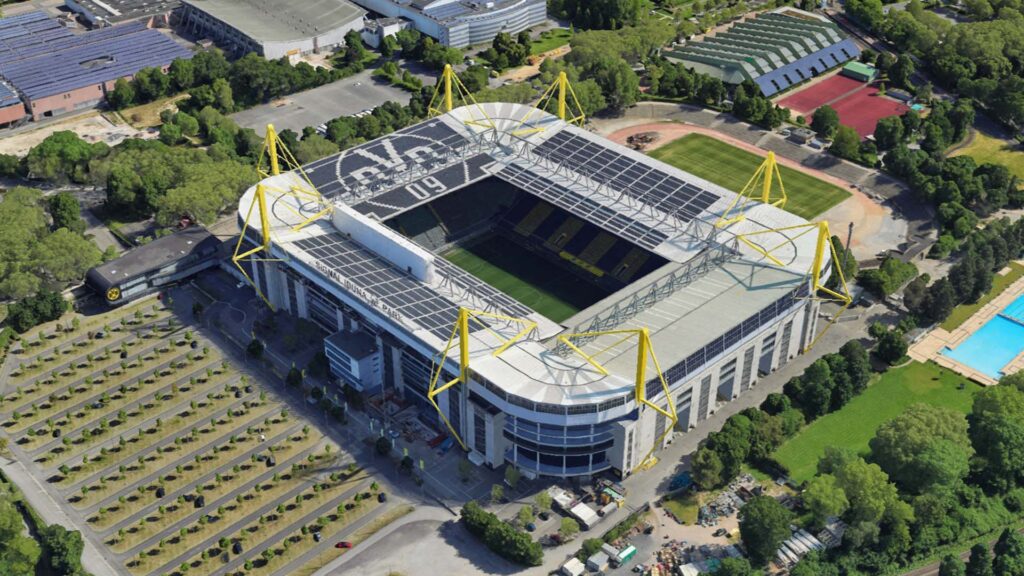
Also known as Westfalenstadion, it’s Germany’s largest stadium and renowned for the famous “Yellow Wall.”
7. Anfield (1884, major redevelopments in the 20th century) – Liverpool, England

Although built earlier, Anfield reached global fame in the 20th century. Known for its electric atmosphere, especially The Kop.
6. Estadio Azteca (1966) – Mexico City, Mexico

Host of two FIFA World Cup finals (1970 & 1986), including Diego Maradona’s “Hand of God” goal. A football temple in Latin America.
5. Wembley Stadium (1923–2000) – London, England

The original Wembley with its iconic twin towers was a legendary ground, hosting World Cup finals, European Championships, and countless historic matches.
4. Camp Nou (1957) – Barcelona, Spain
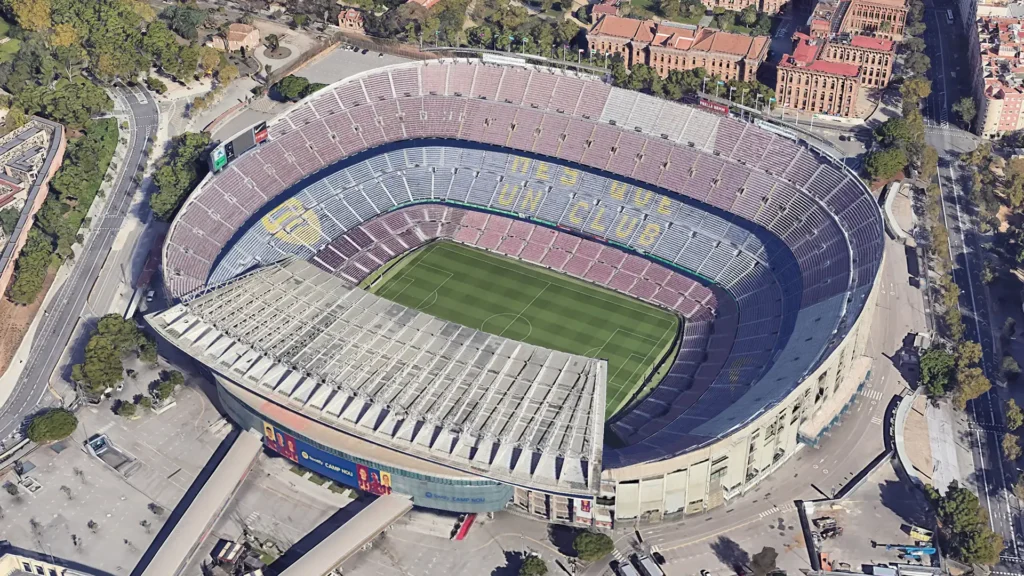
The largest stadium in Europe, Camp Nou is home to FC Barcelona and has seen generations of footballing greatness.
3. San Siro (1926) – Milan, Italy

A football cathedral shared by AC Milan and Inter. Its futuristic towers and intense atmosphere made it a standout structure.
2. Old Trafford (1910) – Manchester, England

Known as the “Theatre of Dreams,” Old Trafford is one of the most iconic stadiums in Europe, home to Manchester United.
1. Maracanã (1950) – Rio de Janeiro, Brazil
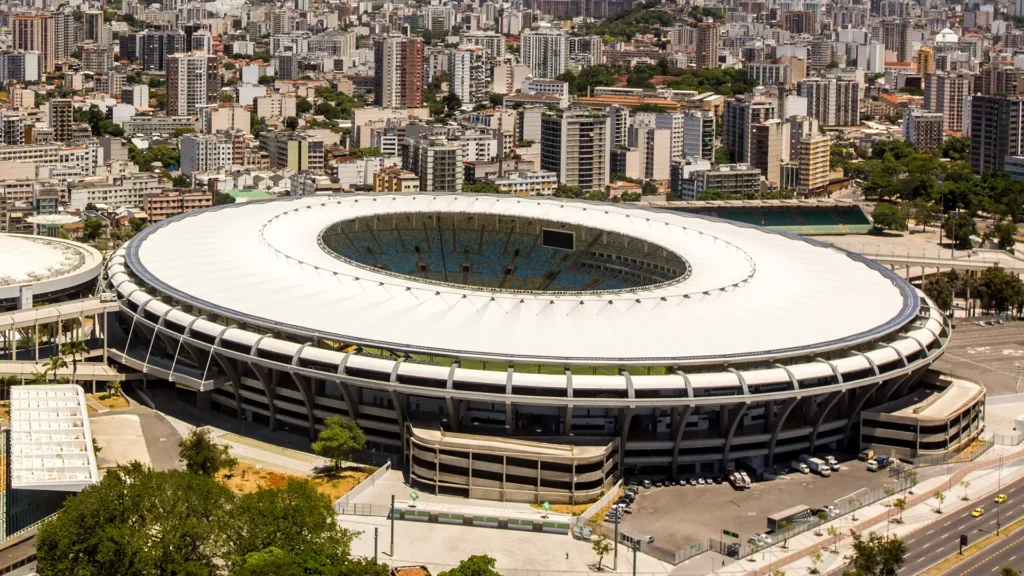
Once the largest stadium in the world, the Maracanã hosted the 1950 and 2014 FIFA World Cup finals and remains a symbol of Brazilian football.
These stadiums weren’t just venues — they were stages where football history was written. Though some have been replaced or modernized, their legacy remains unmatched. The 20th century gave us cathedrals of the game that will forever live in the hearts of football fans.
Best stadiums of the 20th century
Iconic football stadiums
Historic football arenas
Famous stadiums in football
1900s football stadiums














